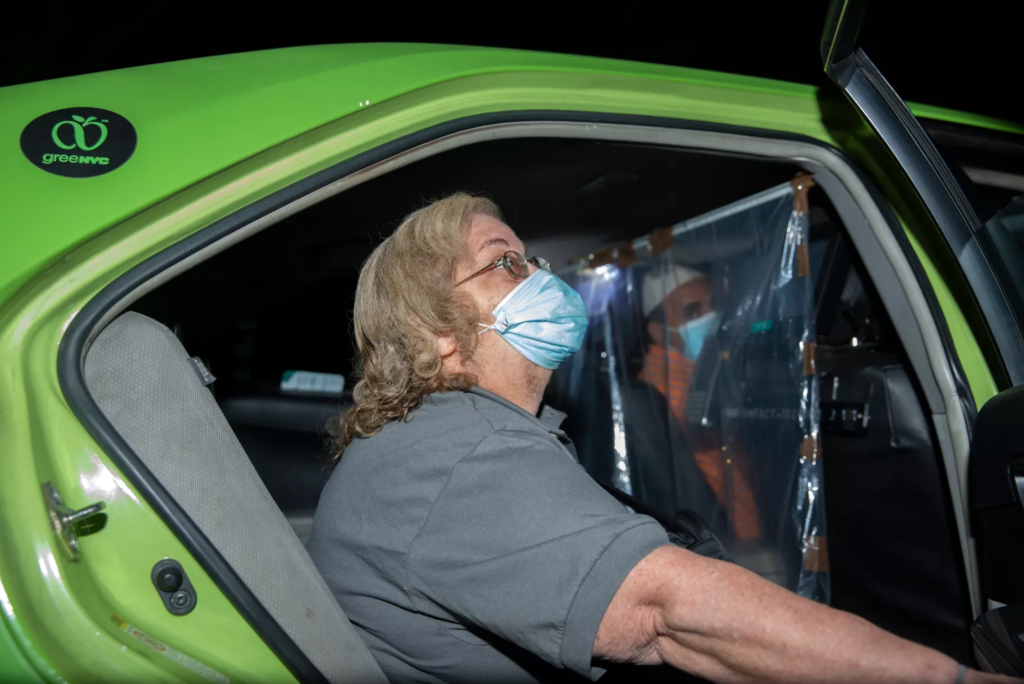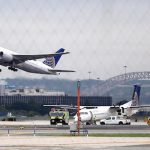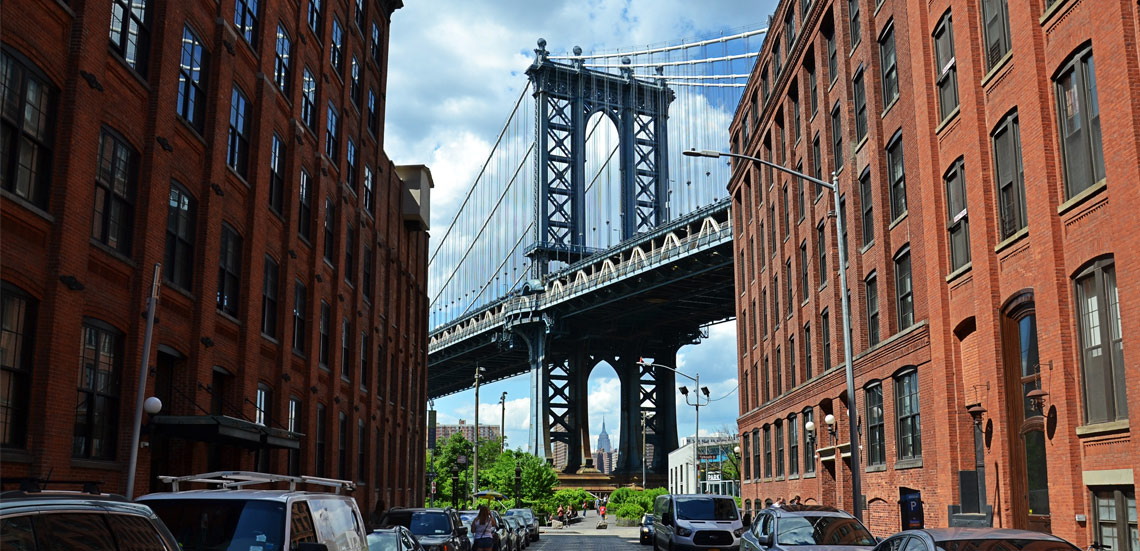
End of MTA taxi service leaves overnight commuters waiting

 This story was originally published on June 25 by THE CITY. Sign up here to get the latest stories from THE CITY delivered to you each morning.
This story was originally published on June 25 by THE CITY. Sign up here to get the latest stories from THE CITY delivered to you each morning.
Grace Kalmus stepped out of her Sheepshead Bay apartment building a few minutes before 3 a.m. Thursday and walked in the darkness toward the green taxi waiting to take her to the Queens-Nassau line.
For more than three months during the pandemic, the ride has been a key part of her daily commute to 178th Street and Hillside Avenue in Jamaica, where she then catches a Nassau Inter-County Express bus to the start of her 6 a.m. shift at a Hempstead Home Depot.
“I’d rather be early than late,” said Kalmus, 63, who works as a cashier. “By 3:30, I’m at the bus stop, because you just don’t know how the bus will be running.”
The first leg of her trip is courtesy of the MTA, which, since May, has spent more than $6 million on for-hire vehicle trips for roughly 1,500 essential workers as a commuting alternative during the nightly 1 a.m. to 5 a.m. subway shutdown.
“It’s been great, but it’s going to end,” Kalmus said, as she settled into the back seat of the taxi. “I’m screwed.”

The temporary program is set to end at 5 a.m. Sunday, a victim of the MTA’s financial misery, which has the agency warning of soaring fare increases, thousands of layoffs and up to 40 percent in transit service cuts without a $12 billion injection of federal emergency aid.
The MTA has said the average per-cost trip on the for-hire vehicles is $49. Approximately 40 percent of those trips, an MTA spokesperson said, begin or end in Manhattan’s central business district.
For Kalmus, the 3 a.m. trek — which she books days in advance on the MTA “Essential Connector” website — takes her in a distant opposite direction.
Her car ride through Brooklyn and Queens to the city line typically takes 20 minutes, followed by a 35- to 40-minute bus trip into Nassau County.
Prior to the suspension of overnight subway service, Kalmus said she would take the five-block walk to the nearest Q train stop, transfer to the F to Jamaica–179th Street and then catch a bus to Hempstead. The trip typically took about 90 minutes, she said.
“It’s never been the easiest commute,” Kalmus conceded.
Turning to Buses
MTA spokesperson Abbey Collins said the agency expects that several hundred of the 1,500 users of for-hire vehicles will now shift to the three new interborough express bus services that run while the subway is closed.
The new B99 (Midwood, Brooklyn, to Midtown West), Bx99 (Woodlawn, The Bronx, to West Village) and M99 routes (East New York, Brooklyn, to Hell’s Kitchen) were designed using data from commuters who signed up for the for-hire vehicle services.


“It would pick me up and it would take me directly to my job,” Anthony said. “It was the most convenient thing, but even though we know the financial situation the MTA is in, I was still surprised when the service ended.”
Kalmus said she’s mapping out the next phase of her commute, which she hopes will include a Long Island Rail Road trip to Hempstead from Atlantic Terminal in Brooklyn.
“Just want to get to work on time,” she said.
THE CITY is an independent, nonprofit news outlet dedicated to hard-hitting reporting that serves the people of New York.
Leave a Comment
Leave a Comment





